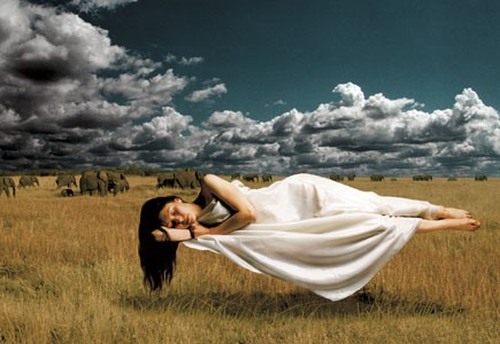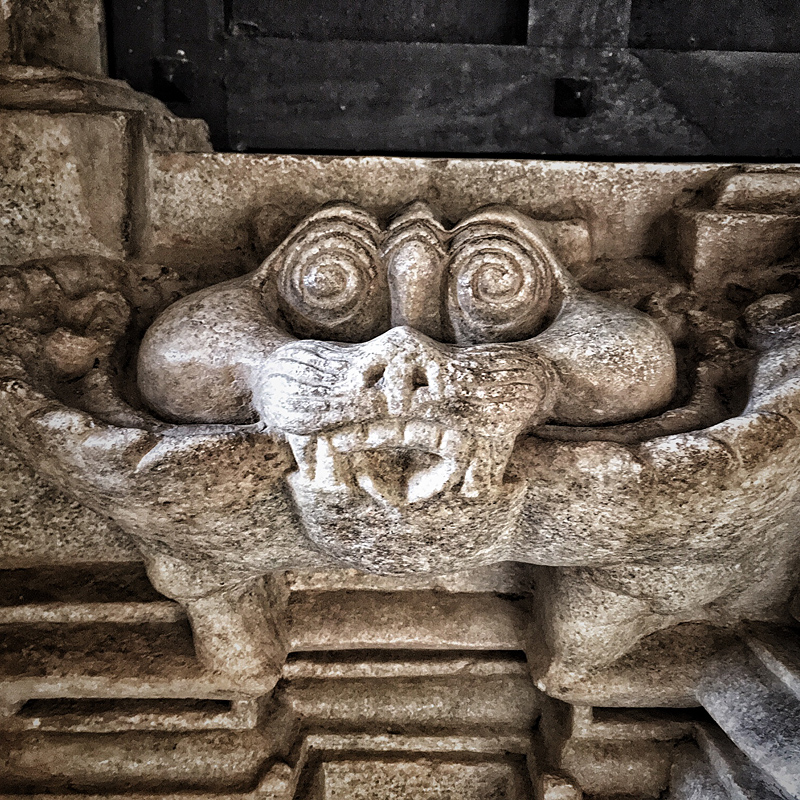Briefly about the main directions and types of yoga
 Hatha Yoga is the yoga of the body. The word hatha consists of two syllables – ha and tha. The syllable ha means “the sun,” and the syllable tha means “the moon.” Hatha yoga is aimed at achieving harmony between the solar and lunar aspects of our existence – balancing Yin and Yang energy through work with the physical body and consciousness. This is a system of physical, respiratory and mental exercises, developed in ancient times by the sages of the Rishis as a means of rejuvenation, and for long practice in long meditations
Hatha Yoga is the yoga of the body. The word hatha consists of two syllables – ha and tha. The syllable ha means “the sun,” and the syllable tha means “the moon.” Hatha yoga is aimed at achieving harmony between the solar and lunar aspects of our existence – balancing Yin and Yang energy through work with the physical body and consciousness. This is a system of physical, respiratory and mental exercises, developed in ancient times by the sages of the Rishis as a means of rejuvenation, and for long practice in long meditations
Popular styles of hatha yoga today include:
Ashtanga Vinyasa Yoga. Founder of Sri Pattabhi Jois. This is a dynamic practice that will make you sweat with exert physical and mental strength. Asanas are performed in ligaments-sequences (vinyasas) together with breathing, energy locks (bandhas), concentration of sight and attention.
Iyengar Yoga. The most polar style in Russia. Founder Shri B.K.S. Iyengar, a student of Sri T. Krishnamacharya. Static practice, detailed posture rebuilding. For this, many auxiliary materials are used – bricks, pillows, belts, bolsters …
Bikram yoga or “hot yoga” – a certain sequence of asanas is performed in a room with air temperature heated to 40 C with a high level of humidity. The style gained polarity in America and Western Europe.
Yoga 23: An authoring system created by the Ukrainian yoga teacher Andrey Sidersky. This is a dynamic practice. Asanas are performed in free breathing mode or under a musical metronome with a given tempo and rhythm, often standard for everyone. Breathing under the metronome allows the beginner to direct his attention inward and observe the processes taking place in the body and mind, instead of being distracted by the surrounding reality. Before or after performing “yoga exercises” (the second name of Yoga 23), pranayama is performed, due to which the state of the nervous system is stabilized and leveled, systemic disturbances in the body return to normal, and as a result, one feels better. (taken on yogajournal.ru).
Yoga 23 is characterized by a wide variety of training techniques, it allows you to solve a wide range of tasks of a general developmental, rehabilitation and therapeutic nature. No less abundant in the training system Y23 is also an arsenal of variations in techniques of medium, high and ultrahigh complexity, due to which the system allows you to build optimal training programs for almost any case, both average and very specific conditions of the musculoskeletal system.
– Kriya Yoga is the practice of purification. There may be a cleansing of the mind through meditation and mantras, and yoga cleansing of the physical body. This is part of Kundaliya Yoga, where Kundalini Yoga is philosophy and Kriya Yoga is practice. The practice of kriya yoga is dynamic and requires a lot of physical effort, because each exercise is performed at a strictly defined time with simultaneous concentration and a certain breath
Kundalini Yoga is the practice of awakening the divine energy of Kundalini. Kundalini energy is symbolically represented by a snake, curled up at the base of the spine, sleeping. Gradually, through practice, Kundalini rises through the central energy channel (sushumna-nadi). Rising, the kundalini awakens one chakra after another. Nirvikalpa-samadhi, enlightenment, comes when it breaks through the door of Brahman in the core of the 7th chakra-sahasrara
– Raja Yoga – This is the highest yoga, “the king of all yogis.” In fact, raja yoga – this is the goal of all yoga practice – encompasses all areas of yoga – unity through concentration of the mind, this is the octal path in the formulation of Patanjali:
1. “pit” – curbing, abstinence;
2. “niyama” – ethical culture;
3. “asana” – body discipline;
4. “pranayama” – regulation of breathing;
5. “pratyahara” – isolation of the senses;
6. “Dharana” – attention;
7. “dhyana” – meditation;
8. “samadhi” – concentration, enlightenment.
– Jnana Yoga – Yoga of knowledge. The practice of jnana yoga is built on an intuitive insight. This is not the intellectual accumulation and systematization of knowledge, but rather the comprehension of this knowledge.
– Bhakti Yoga – “Union through Devotion.” Yoga, which seeks harmony with the Divine, developing in the individual qualities such as love, faith, devotion, service.
– Karma yoga – action yoga. Selfless service for the benefit of all living beings. In this practice, generosity develops, renunciation of all the fruits of one’s labor, gratuitous assistance, and detachment from the material.
– Yantra Yoga – contemplation of yantras. Yantra is a “vessel.” Mystical diagram consisting of geometric shapes and letters. Its purpose is to focus spiritual and mental energies to achieve health, wealth, the evocation of one or another God, successful birth, etc. Yantras are also used for individual meditation and sadhana, especially in the Shaktism tradition.
– Nada Yoga – Yoga of sound. Nada – sound, tone, vibration. Listening to music, inner sounds is a contemplative practice called nada-upasana, “worship through sound”, nada-anusandhana, “cultivation of inner sound”, or nada-yoga. Close in essence to Mantra Yoga. Unity through the humming of sacred texts.



